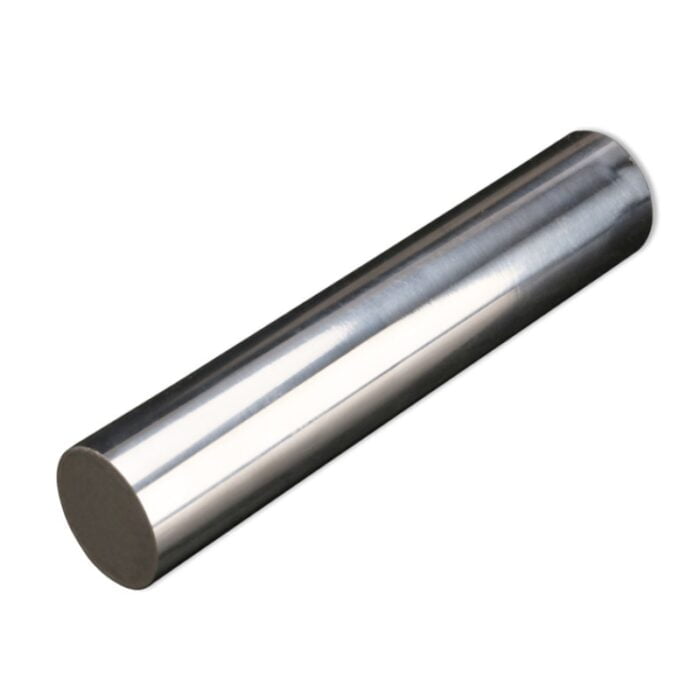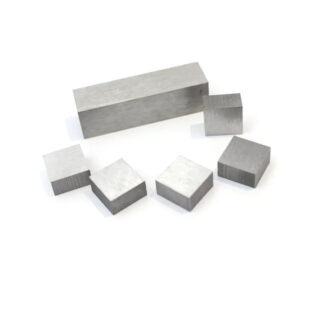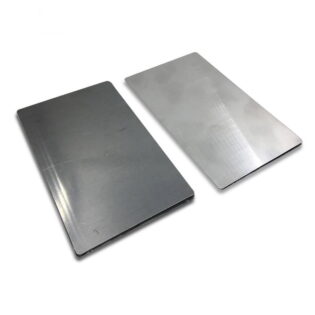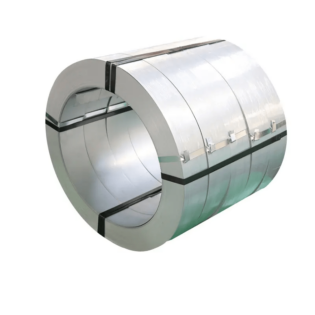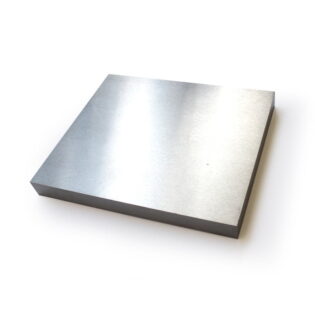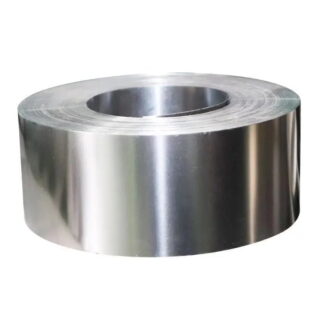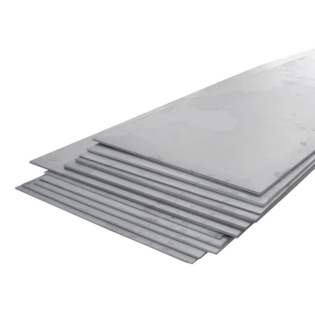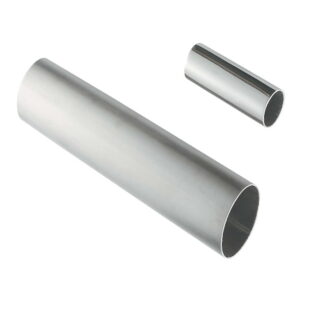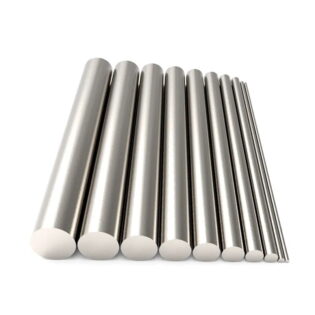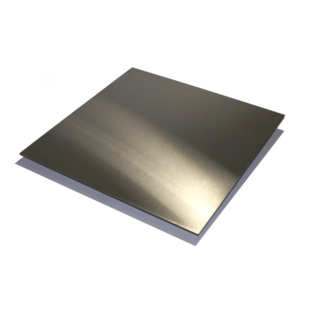17-4 PH Stainless Steel(Precipitation Hardening)
17-4PH alloy is composed of copper, niobium precipitation, hardening, martensitic stainless steel. Features: After heat treatment, the mechanical properties of the product are improved and compressive strength up to 1100-1300 MPa (160-190 ksi) can be achieved. This grade can not be used at temperatures above 300 ° C (572 ° F) or very low temperatures. It has good corrosion resistance to atmospheric and dilute acids or salts, and its corrosion resistance is the same as 304 and 430. 17-4PH is a martensitic precipitation hardened stainless steel .17-4PH performance characteristics is easy to adjust the strength level, you can change the heat treatment process to be adjusted.Martensite transformation and aging treatment to form a precipitation hardening phase is the main means of strengthening, 17-4PH attenuation performance, anti-corrosion fatigue and anti-drop performance.
| C | Mn | P | S | Si | Cr | Ni | Cu | Nb, Ta |
|---|---|---|---|---|---|---|---|---|
| 0.07 max. | 1.0 max. | 0.04 max. | 0.03 max. | 1.0 max. | 15.0–17.5 | 3.0–5.0 | 3.0–5.0 | 0.15–0.45 |
Standards: AISI, ASTM
Grade: 17-4 PH(SUS630)
UNS number: S17400
17-4 PH alloy is composed of copper, niobium precipitation, hardening, martensitic stainless steel.
Features: After heat treatment, the mechanical properties of the product are improved and compressive strength up to 1100-1300 MPa (160-190 ksi) can be achieved. This grade can not be used at temperatures above 300°C (572°F) or very low temperatures. It has good corrosion resistance to atmospheric and dilute acids or salts, and its corrosion resistance is the same as 304 and 430.
17-4 PH is a martensitic precipitation hardened stainless steel .17-4 PH performance characteristics is easy to adjust the strength level, you can change the heat treatment process to be adjusted.Martensite transformation and aging treatment to form a precipitation hardening phase is the main means of strengthening, 17-4 PH attenuation performance, anti-corrosion fatigue and anti-drop performance.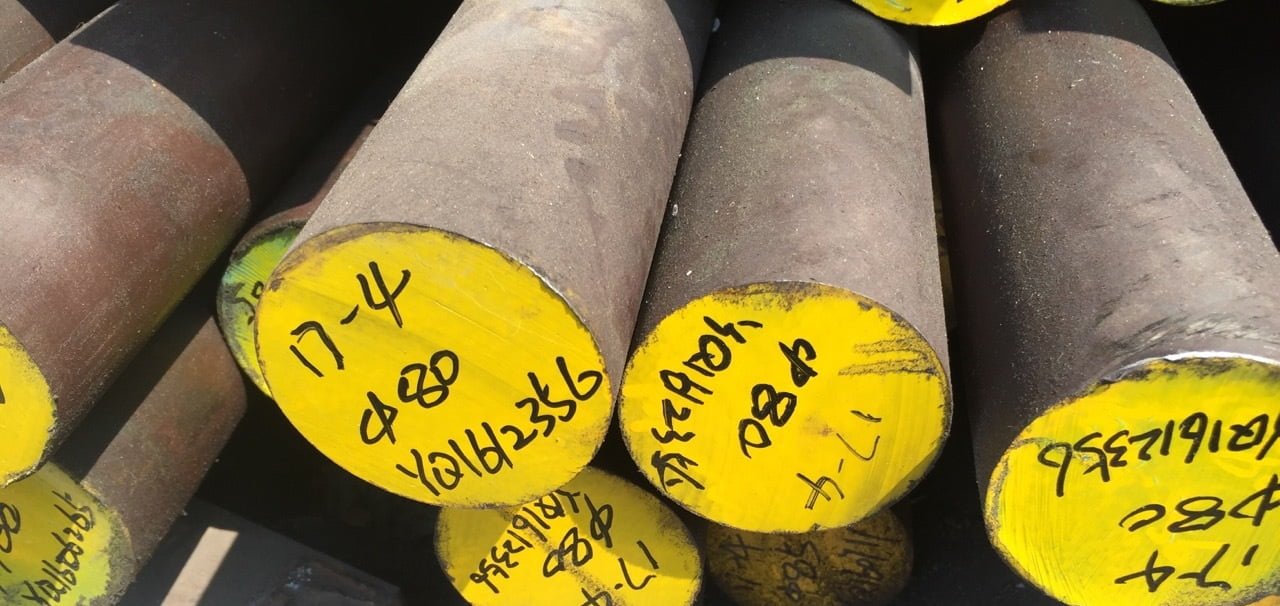
Application areas
- Offshore platforms, helicopter decks, other platforms food industry
- Pulp and paper industry
- Aerospace (turbine blades)
- Mechanical components
- Nuclear waste bin
17-4 PH alloy is precipitated, hardened, martensitic stainless steel.
The 17-4 PH alloy is a precipitated, hardened, martensitic stainless steel consisting of copper, niobium/columbium.
This grade has high strength, hardness (up to 300 C C / 572m2F) and corrosion resistance and other characteristics.
After heat treatment, the mechanical properties of the product are further improved and compressive strength up to 1100-1300 mpa (160-190 ksi) can be achieved.
This grade can not be used at temperatures above 300°C (572°F) or very low temperatures. It has good corrosion resistance to atmospheric and dilute acids or salts. Its corrosion resistance is the same as that of 304 and 430.
17-4 PH Mechanical properties
- Tensile strength σb (MPa): 480°C aging, ≥ 1310; 550°C aging, ≥ 1060; 580°C aging, ≥ 1000; 620°C aging, ≥ 930
- Conditions Yield strength σ0.2 (MPa): 480°C aging, ≥1180; 550°C aging, ≥1000; 580°C aging, ≥865; 620°C aging, ≥725
- Elongation rate δ5 (%): 480°C aging, ≥10; 550°C aging, ≥12; 580°C aging, ≥13; 620°C aging, ≥16
- Sectional shrinkage ψ (%): 480°C aging, ≥40; 550°C aging, ≥45; 580°C aging, ≥45; 620°C aging, ≥50
- Hardness: solid solution ≤ 363HB and ≤ 38HRC; 480°C aging, ≥ 375HB and ≥ 40HRC; 550°C aging, ≥ 331HB and ≥ 35HRC; 580°C aging,
- ≥ 302HB and ≥ 31HRC; 620°C aging, ≥ 277HB and ≥ 28HRC
- Density: 7.80g / cm3
17-4 PH Heat treatment specification
- 1020 ~ 1060°C solid solution fast cooling
- 480°C aging, after solution treatment, 470 ~ 490°C air cooling
- 550°C aging, after solution treatment, 540 ~ 560°C air cooling
- 580°C aging, after solution treatment, 570 ~ 590°C air cooling
- 620°C aging, after solution treatment, 610 ~ 630°C air cooling
Metallography:
The tissue is characterized by precipitation hardening.

